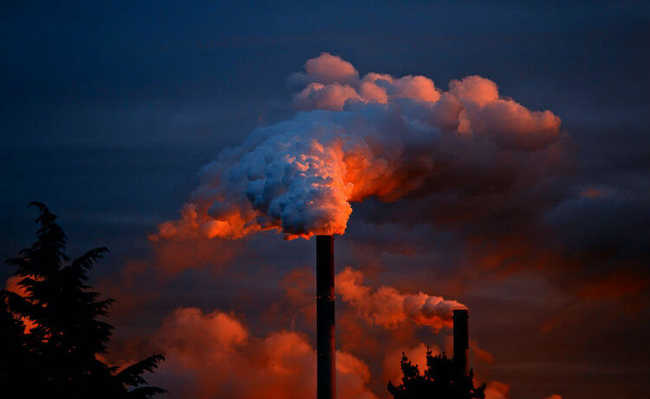What is environmental sustainability?
Environmental sustainability has several definitions. Check out and understand the similarities and differences between them

Edited and resized image by Marcus Dall Col, is available on Unsplash
In Brazil, the concept of environmental sustainability began to be developed in the administration area in the 1990s - a period in which the main international books and reports on the subject were published.
Among the main writings that deal with defining environmental sustainability are those presented in the CMMAD (World Commission on Environment and Development) and in Agenda 21. The definition coined by the French economist Ignacy Sachs - among other authors - that defines environmental sustainability is also highlighted. as the capacity of ecosystems to sustain themselves in the face of human aggression.
environmental sustainability
According to Ignacy Sachs, environmental sustainability refers to the sustaining capacity of ecosystems - which is the capacity for absorption and recomposition. Sachs states that "environmental sustainability can be achieved by intensifying the use of potential resources for socially valid purposes; limiting the consumption of fossil fuels and other easily exhaustible or environmentally harmful resources and products, replacing them with resources or products renewable and/or abundant and environmentally harmless; reducing the volume of waste and pollution; and intensifying research into clean technologies".
- What are ecosystem services? Understand
- What are planetary boundaries?
In juxtaposition to the Sachs concept, CMMAD states that for environmental sustainability there must be no risks to the natural elements that sustain the global integrity of the ecosystem, which are the quality of air, soil, water and living beings . CMMDA also states that it is necessary to find new technologies to reduce pressure on the environment, which minimize depletion and provide substitutes for these resources.
In a continuous manner, Agenda 21 defines environmental sustainability as the sustainable relationship between consumption and production patterns in terms of energy; so that environmental pressures, depletion of natural resources and pollution are reduced to a minimum. According to the document Agenda 21, governments, together with the private sector and society, must act to reduce the generation of waste and discarded products, through recycling, industrial processes and the introduction of new environmentally healthy products .
- Recycling: what is it and why is it important
The CMMAD and Agenda 21 definitions of environmental sustainability focus on the environmental, economic and social dimensions - while some important authors such as Ignacy Sachs recognize other dimensions of sustainability, such as the spatial and cultural.
Sustainable development
With regard to sustainable development, CMMAD considers that there are basic principles to be taken into account: the basic needs of the world's poor must be met as a priority and natural resources must be limited so that they can meet the needs of generations present and future. These two concepts, added to the concept of economic development, converge to sustainable development, which seeks to end poverty, reduce environmental pollution and waste the use of resources.
From this point of view, the term sustainable development was consolidated and linked to the environmental, social and economic dimensions, without hierarchy and overlaps between these three aspects of sustainability. Several areas incorporated the principles of sustainable development, which, until then, were proposed alternatives to economic development, creating new fields of knowledge such as: sustainable agriculture, sustainable tourism, business sustainability and even environmental sustainability.
In organizations, these themes are further subdivided into sustainable operations, sustainable finance and others. Strictly speaking, sustainable management in companies and research in the area of sustainability must encompass the three dimensions to justify the use of the term sustainable. However, for each of the three dimensions of sustainability, there is a specific definition.










